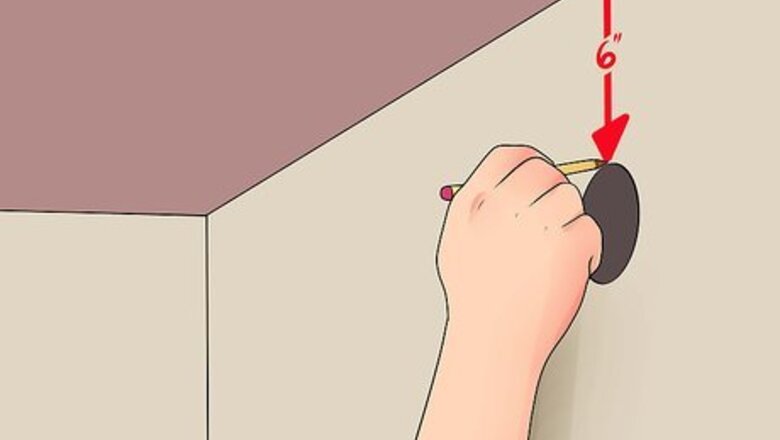
views
Choosing your Wall Plugs
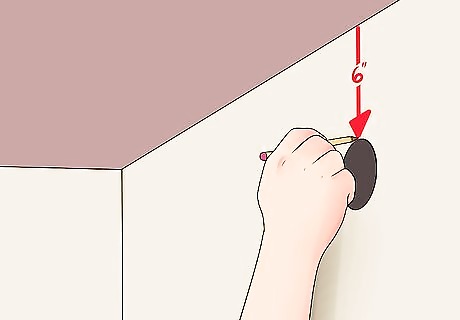
Determine if you need to use wall plugs, or if you can hang an item on a stud. Purchase or rent a stud finder and mark the locations on your walls. If those areas don't match up with the project, then move on to finding wall plugs and screws that will work. Installation in the center of a stud is always preferred, because it is a load-bearing support. Walls, especially dry wall, are not designed to hold large, heavy objects by themselves. Wall plugs are designed to hold a certain amount of weight—so, the item you're hanging and the wall assembly you're hanging it on (block, drywall, tile, etc.) will actually dictate what type of anchor you're going to use.
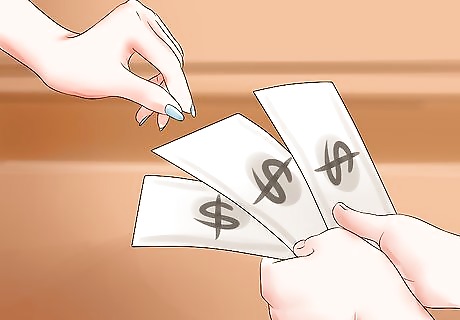
Buy a set of universal wall plugs if your item weighs less than 15 lbs. (6.8kg). If it does, the universal version is likely to work well. If possible, purchase wall plug and screw combos to ensure they will fit. If the wall plugs and screws are sold separately, test the screws by inserting them inside the plug. If it fits through the center and comes out the other end with a few mm to spare, the screw will likely work with that plug. These universal wall plugs and screws often come with hanging objects in the original packaging.
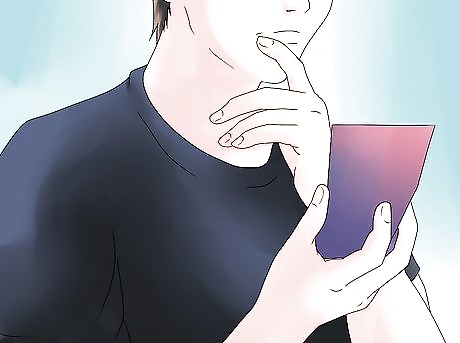
Choose butterfly wall plugs if you are hanging light items, like paintings, in hollow walls. The plug opens up perpendicular to the wall once it's installed into panel or plasterboard. There is also a special plasterboard plug you can buy that expands like an umbrella once behind the wall.
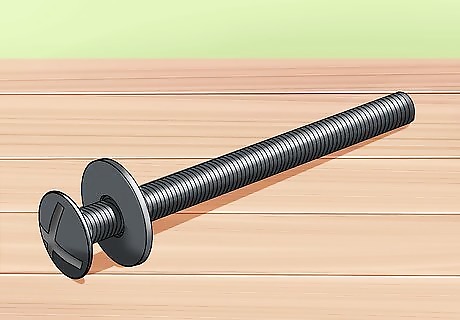
Move on to hammer fixings for medium to heavy items. Buy a package that includes a steel screw. This is best for attaching items to wooden beams, window frames or wall cladding. Once screwed in the wall, you will need to hammer the screw the rest of the way in to complete the process.
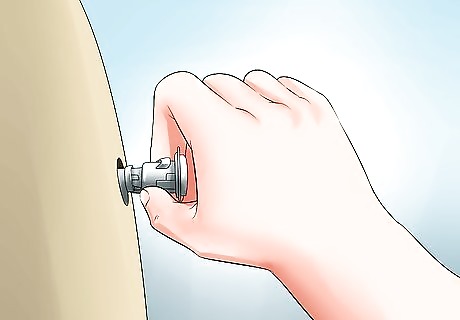
Use anchor bolts for very heavy loads, up to 440lbs. (200 kg). Unlike the screw head, there is a nut at the end. After the plug is installed, you tighten the nut and the anchor keeps a strong hold on the surrounding material.

Purchase toggle plugs if you want to anchor an item to the ceiling. Unlike other anchors, there are two metal wings. Keep them closed and push them through the ceiling, and then the wings will sit against the inside of the ceiling material while you tighten the screw.
Using Wall Plugs
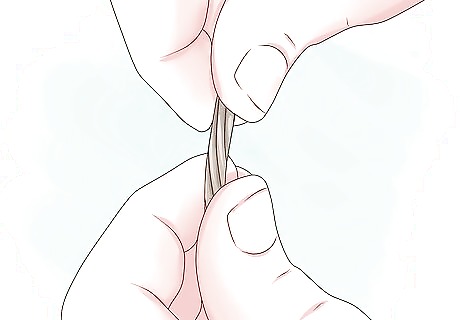
Match your power drill bit to the size of the wall anchor. Generally both are measured in mm. For example, a size three wall plug is usually a three mm drill bit. You will be able to compare them side-by-side to ensure the size is right. If you don't have a power drill, find a nail that is the size of the plug and pound that in to create your pilot hole.
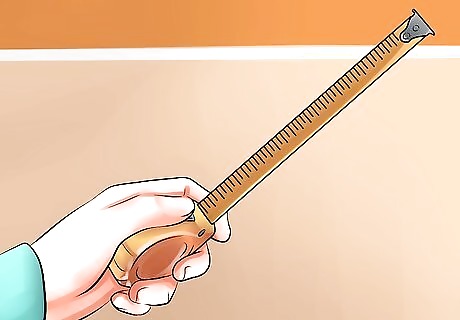
Measure the exact place where you want to hang your item. Unlike nail holes, wall plugs can look unsightly and require patching if you want to change positions.
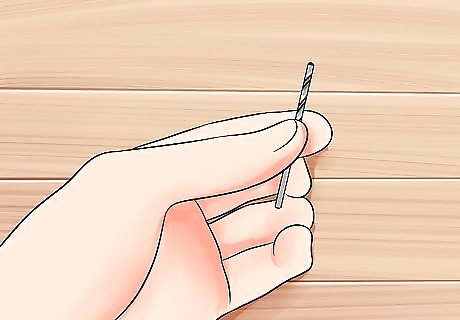
Drill a pilot hole into the wall using your correct bit. Make sure it is a little longer than the length of the screw.
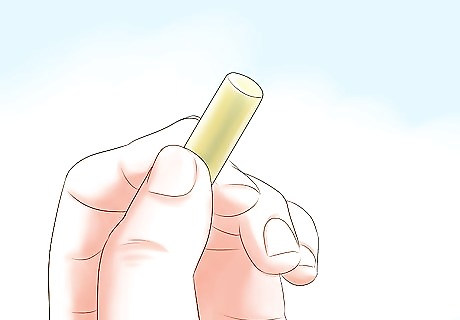
Insert the wall plug into the hole. You will push the expanding section through the hole until the collared section touches the wall.
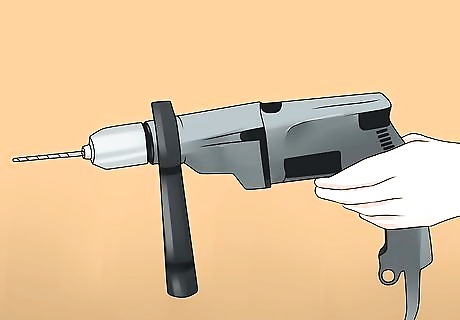
Insert the screw into the wall plug. Align your flat or Philips head drill bit with the top of the screw and drill into the wall.
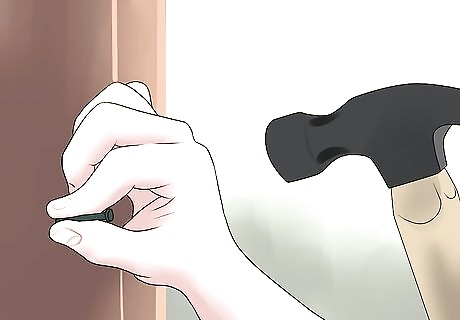
Assess whether part of the screw is smooth, rather than threaded. This is a special combination screw. When the threaded part is in the wall, tap the rest of it into the wall with a hammer.
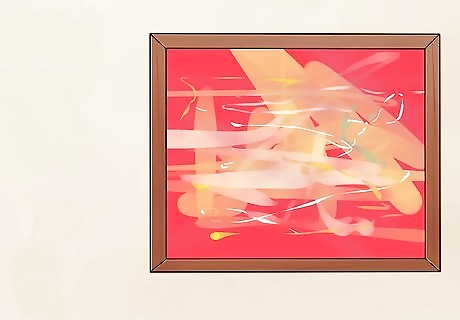
Hang your item.
















Comments
0 comment